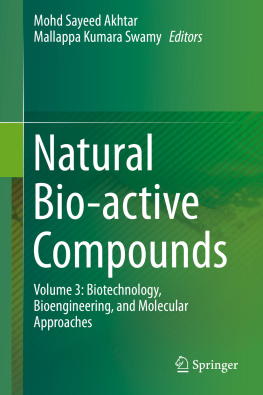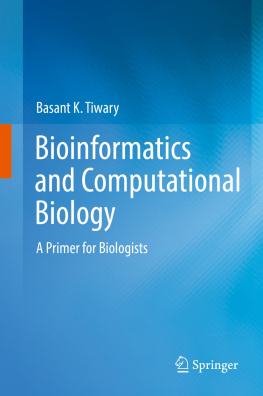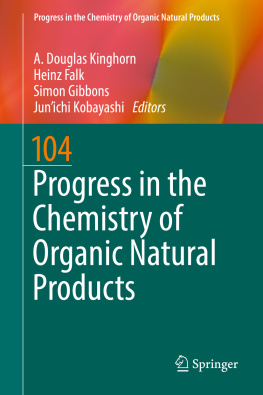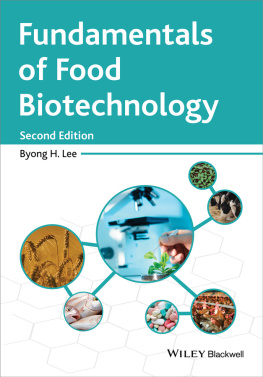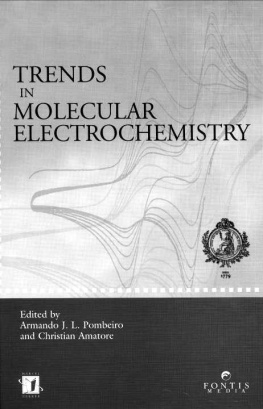Mohd Sayeed Akhtar - Natural Bio-active Compounds: Biotechnology, Bioengineering, and Molecular Approaches
Here you can read online Mohd Sayeed Akhtar - Natural Bio-active Compounds: Biotechnology, Bioengineering, and Molecular Approaches full text of the book (entire story) in english for free. Download pdf and epub, get meaning, cover and reviews about this ebook. year: 2019, publisher: Springer, genre: Science. Description of the work, (preface) as well as reviews are available. Best literature library LitArk.com created for fans of good reading and offers a wide selection of genres:
Romance novel
Science fiction
Adventure
Detective
Science
History
Home and family
Prose
Art
Politics
Computer
Non-fiction
Religion
Business
Children
Humor
Choose a favorite category and find really read worthwhile books. Enjoy immersion in the world of imagination, feel the emotions of the characters or learn something new for yourself, make an fascinating discovery.
- Book:Natural Bio-active Compounds: Biotechnology, Bioengineering, and Molecular Approaches
- Author:
- Publisher:Springer
- Genre:
- Year:2019
- Rating:3 / 5
- Favourites:Add to favourites
- Your mark:
- 60
- 1
- 2
- 3
- 4
- 5
Natural Bio-active Compounds: Biotechnology, Bioengineering, and Molecular Approaches: summary, description and annotation
We offer to read an annotation, description, summary or preface (depends on what the author of the book "Natural Bio-active Compounds: Biotechnology, Bioengineering, and Molecular Approaches" wrote himself). If you haven't found the necessary information about the book — write in the comments, we will try to find it.
Mohd Sayeed Akhtar: author's other books
Who wrote Natural Bio-active Compounds: Biotechnology, Bioengineering, and Molecular Approaches? Find out the surname, the name of the author of the book and a list of all author's works by series.
Natural Bio-active Compounds: Biotechnology, Bioengineering, and Molecular Approaches — read online for free the complete book (whole text) full work
Below is the text of the book, divided by pages. System saving the place of the last page read, allows you to conveniently read the book "Natural Bio-active Compounds: Biotechnology, Bioengineering, and Molecular Approaches" online for free, without having to search again every time where you left off. Put a bookmark, and you can go to the page where you finished reading at any time.
Font size:
Interval:
Bookmark:
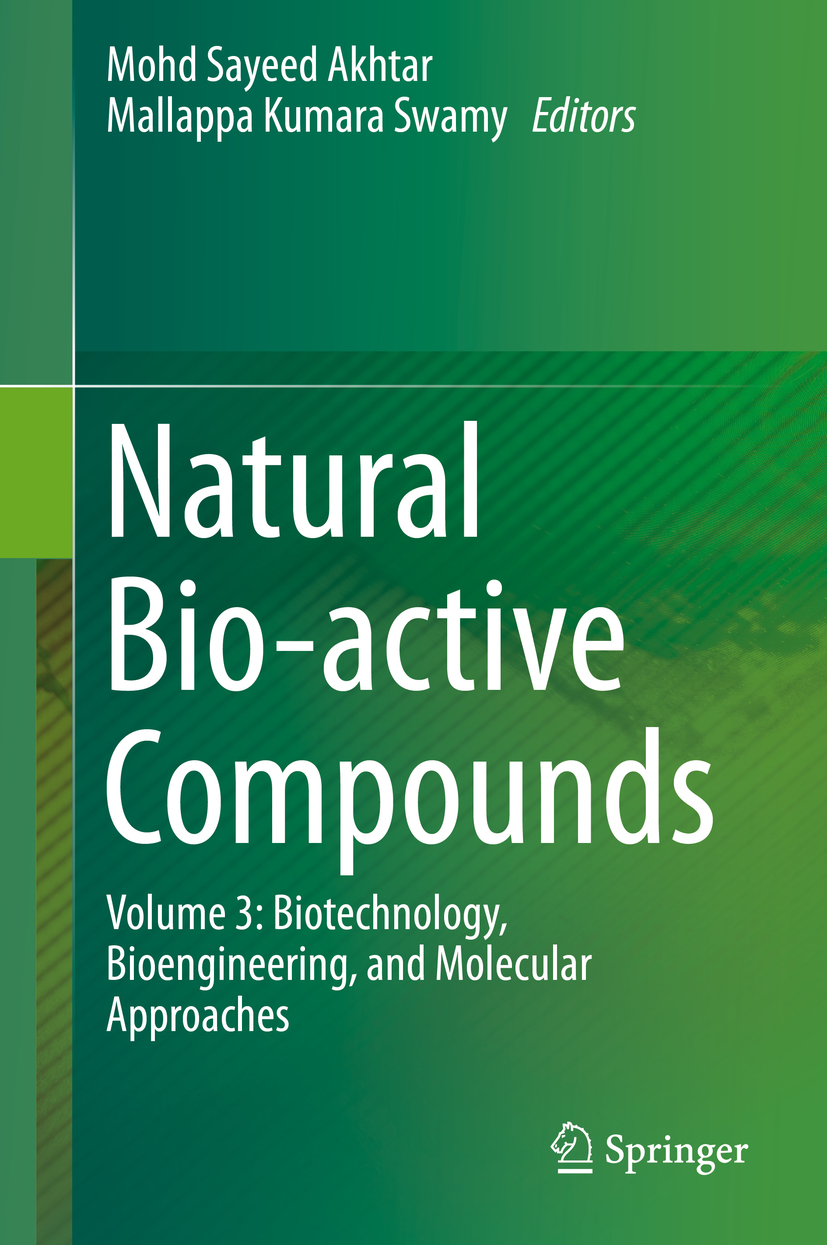

This Springer imprint is published by the registered company Springer Nature Singapore Pte Ltd.
The registered company address is: 152 Beach Road, #21-01/04 Gateway East, Singapore 189721, Singapore
This book is dedicated to
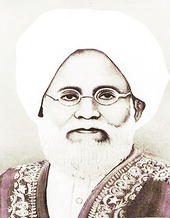
Allama Shibli Nomani (18571914)
A great scholar, educationist, social reformer, and statesman of the nineteenth century, and founding father of the Shibli National College, Azamgarh, Uttar Pradesh, India.
Natural bio-active compounds play a crucial role in pharmaceutical industries in designing and developing high-value products that help overcome human and animal health problems. These bio-active compounds are isolated from a wide variety of plants, microbes, algae, and several others. Due to their high therapeutic potentials and nutritional values, they are extensively used in the preparation of pharmaceutical drugs and functional foods. In view of this, comprehensive studies on various natural bio-active compounds for their potential pharmacological actions, including the identification, isolation and extraction, quality control, studies on the biological activities and mechanisms of action and clinical applications are becoming an exciting field of study in contemporary natural medication. Lately, biotechnological tools have been used in this connection. The application of such tools in natural product studies has helped in obtaining the desired compounds on a large scale. Deciphering the structure and functions of different classes of genes and enzymes involved in the biosynthetic pathways of bio-active compounds has also complemented the production of these compounds on a large scale. Similarly, molecular approaches, including genomics, transcriptomics, proteomics, and metabolomics for screening natural bio-active compounds too have augmented the discovery of new lead molecules and their large-scale production. The application of different strategies of metabolic engineering to modify existing pathways in plants and microbes have confirmed the impending prospect of producing high levels of natural bio-active compounds. Advances in technology are assisting us to a large extent in discovering new natural compounds, their biosynthesis and bioactivities. However, due to various reasons, the supply of natural bio-active compounds is still limited. On the other hand, the consumer demand is increasing progressively. Hence, there is great need to apply biotechnological and bioengineering strategies to meet the current growing demand for natural bio-active compounds.
This volume in the series titled Natural Bio-active Compounds: Volume 3-Biotechnology, Bioengineering, and Molecular Approaches includes 13 well-articulated chapters by academicians, scientists and researchers from different parts of the world. Chapter describes the role of biotechnological approaches and metabolic engineering in the enhancement of rosmarinic acid content.
This volume is unique in nature. It covers various aspects of biotechnological production of high-value natural bio-active compounds and provides a deep knowledge of modern natural product research focused on producing vital native bio-active compounds of pharmaceutical importance. It also covers crucial information on the recent progress in using modern methodologies for biotechnological production of natural compounds.
Secondary metabolites are a unique group of compounds produced by plants to protect against various biotic and abiotic factors (diseases, pests, pathogens, herbivores, environmental stresses, etc.). These compounds, however, do not influence the primary metabolic activities, such as growth and reproduction of plants. The major classes of secondary metabolites include phenolics, alkaloids, tannins, saponins, lignins, glycosides, and terpenoids. Some of these compounds have become an integral part of plantmicrobe interactions toward adapting to environmental irregularities. They regulate symbiosis, induce seed germination, and show allelopathic effect, i.e., inhibit other competing plant species in their environment. Moreover, these compounds induce adverse physiological activities, such as reduced digestive efficiency, reproductive failure, neurological problems, gangrene, goiter, even death, and also possess high toxicity. The discovery of such unique compounds has inspired many scientific communities to explore their potential applications in various fields including agriculture and biomedicine. For instance, plant secondary metabolites are utilized to manufacture eco-friendly bio-pesticides and as drug sources in medicine. Due to numerous health-promoting properties, these compounds have been widely used as a source of medication since ancient times. The assessment of plant secondary metabolites for their wide-ranging therapeutic potential has led to the discovery of many drug leads in recent times. Therefore, this field of research has become a significant area for researchers interested to obtain understanding of the chemistry, analytical methodologies, biosynthetic mechanisms, and pharmacological activities of these plant secondary metabolites.
The use of natural bio-active compounds and their products are considered as most suitable and safe as an alternative medicine. Thus, there is an unprecedented task to meet the increasing demand for plant secondary metabolites from flavour and fragrance, food, and pharmaceutical industries. However, their supply has become a major constraint as their large-scale cultivation is very limited. Moreover, it is difficult to obtain a constant quantity of compounds from cultivated plants as their yield fluctuates due to several factors including genotypic variations, geography, edaphic conditions, and harvesting and processing methods. In addition, medicinal plants have become endangered due to ruthless harvesting in nature. Alternatively, plant tissue culture approaches can be well explored to produce secondary metabolites without practicing of conventional agriculture, which requires more land space. In vitro cell and tissue cultures require less space and are grown under the controlled lab conditions, and hence offer advantages of producing the desired compounds continuously without affecting their biosynthesis and quality. Furthermore, these cultures can be scaled up to produce metabolites in very large bioreactors and also, using genetically engineered cells/tissues, novel products can be obtained. The proper knowledge and exploration of these in vitro approaches could provide an optional source to produce plant secondary metabolites from many medicinal plants in large scale.
Font size:
Interval:
Bookmark:
Similar books «Natural Bio-active Compounds: Biotechnology, Bioengineering, and Molecular Approaches»
Look at similar books to Natural Bio-active Compounds: Biotechnology, Bioengineering, and Molecular Approaches. We have selected literature similar in name and meaning in the hope of providing readers with more options to find new, interesting, not yet read works.
Discussion, reviews of the book Natural Bio-active Compounds: Biotechnology, Bioengineering, and Molecular Approaches and just readers' own opinions. Leave your comments, write what you think about the work, its meaning or the main characters. Specify what exactly you liked and what you didn't like, and why you think so.

